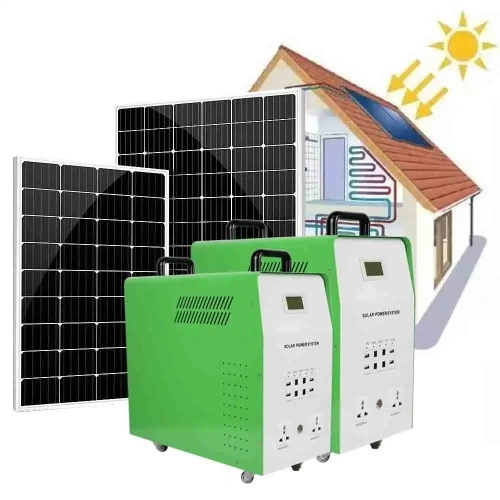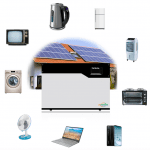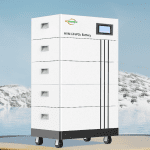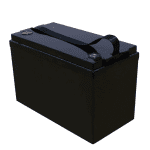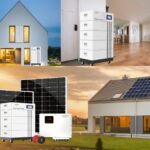If you’re interested in building an off-grid system, it’s essential to understand what it means. Off-grid systems are homes that rely on electricity and water supplies. This type of structure can be an excellent choice if you have small children or live in an area with limited infrastructure. Many choose this option because they want more control over their utility bills or enjoy living self-sufficiently. But before you start installing solar panels and building your windmill, let’s talk about some of the things you need to know when turning your home into an off-grid system!
An off-grid system is an excellent option if you have a smaller home!
Off-grid systems are a great way to go if you have a small house or house. If you live in an area with no power lines or your home is far from the grid, off grid systems can provide all the energy you need for lights and appliances.
In addition to being more cost-effective, off grid solar panels provide peace of mind during inclement weather. Traditional utility providers experience outages and cannot immediately restore power.
They are very advantageous and can bring many benefits to your family!
An off-grid system can be advantageous and provide lots of benefits for your family. If you have been thinking about installing a solar panel on your house but are not sure if it will be worth the cost or effort, here is some information that might help you decide:
An off grid system is cheaper than a grid-based systems. You will pay for parts and labor, but there are no monthly utility bills or utility taxes when using an off-grid system instead of paying through the utility company. This makes it much more affordable in the long run!
Since these homes have no public lines, they do not require outside resources such as utility companies for maintenance. They run entirely on solar panels! This means less work than in a traditional home.

An off-grid home can be built from scratch or added to an existing structure!
If you already have a home and want to make it off-grid, you can do this in two ways. You could add solar panels and batteries to your existing structure and make it self-sustaining. Or, if you want to build a new system altogether, that’s also possible.
The first step in designing an off grid system is deciding how much power you need to determine the size of the battery bank and solar array required for your house or cabin. It then becomes clear where these components are placed within the home space and what wiring is required between them. Once those decisions are made, it’s time to install. This may involve drilling holes in the walls or floors, depending on the importance of each component relative to the size of its neighbors.
You can turn your home into an off-grid system with a few key components!
You’ll need to install a generator to turn your home into an off grid system. This is the heart of your off-grid system and will provide power when there’s no sun or wind to harvest.
The next component in an off grid system is the battery: they store energy for later use when needed. This includes lead-acid and lithium ion batteries!
Next, after these battery storages are installed, the devices capture light energy from the sun and convert it into electricity. These electrons travel along the wires underneath each cell within each panel and then reach whatever device needs them most.
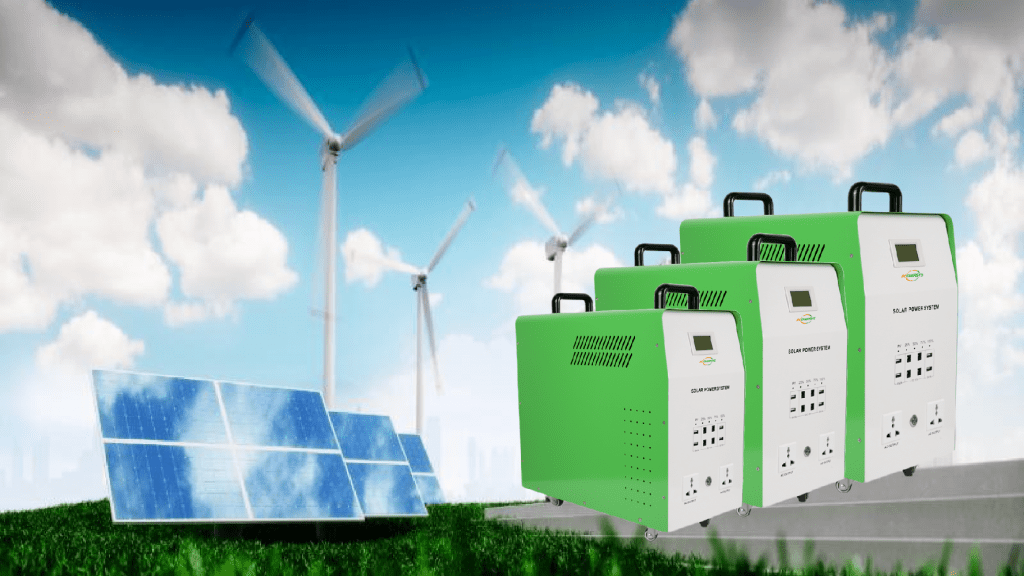
Many different types of homeowners have had success!
Many different types of homeowners have had success with off-grid systems. You don’t need to live in a cabin in the woods for your home to benefit, as there are other ways to use renewable energy in your home.
Log Cabin or Vacation Home: Off grid is the way to go if you own a vacation home without access to power lines. An off-grid system allows you to live comfortably without paying monthly bills. Ideal if nearby neighbors aren’t relying on your power supply in an emergency!
RVs and Boats: If you enjoy spending time outdoors but also want material comforts, installing a solar panel kit will provide those comforts. While still keeping costs low enough.
Tiny Houses: If you have limited space in your house but have plenty outside to replace panels, consider adding something small like this, such as putting them in a covered place. When the a need to renovate and move things, the furniture will only be removed.
Final
As you can see, turning your home into an off-grid system is possible. It might seem daunting initially, but with some research and planning, you can ensure you have everything you need to start this project. Make getting an off-grid system a breeze by making minor changes to your home that focus on efficiency and resource conservation!

